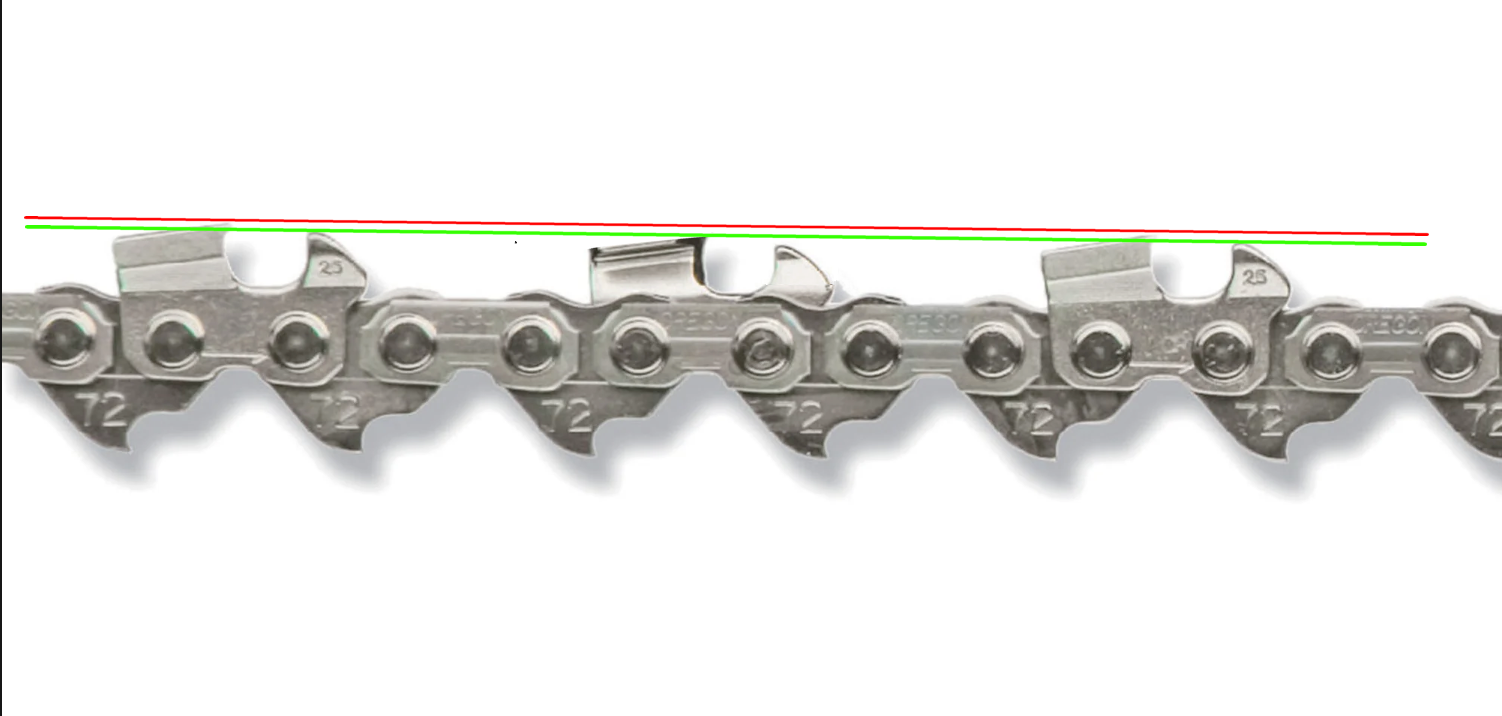True story; doing tornado clean up, damaged old tree next to an even older farmstead garage, team leader moved away some steel scrap that was leaned against the tree, made his first cut, predicable results. Then said hey let me use YOUR saw Gary. His saw was from the equipment trailer. My saw was MY saw. I declined, he was kind of mad about it. Yeah he ruined three more chains trying to saw through metal inside that tree. They finally pulled it down with a skidder.
I kinda think whether you can get a straight cut with uneven teeth also depends on how worn the guide bar slot is.
I kinda think whether you can get a straight cut with uneven teeth also depends on how worn the guide bar slot is.





